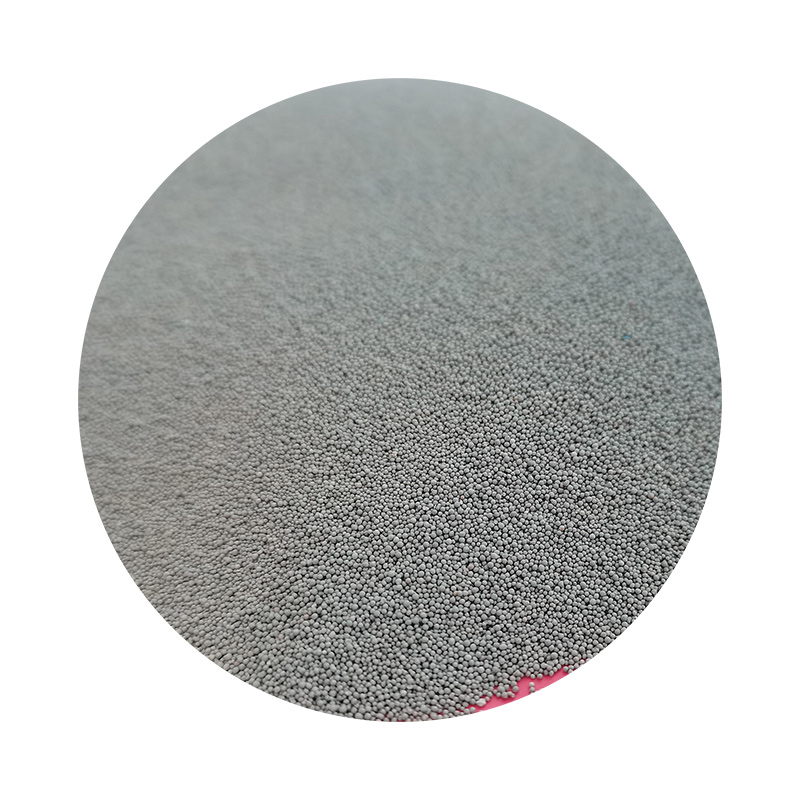Dry Sand Casting An Overview of the Process
Dry sand casting is a vital metal casting process that has been utilized in various industries for manufacturing high-quality metal components. This method employs dry sand, which is often mixed with a binder to form a mold. It is particularly advantageous due to its ability to produce intricate shapes and fine surface finishes, making it a preferred choice in industries like automotive, aerospace, and machinery manufacturing.
The dry sand casting process starts with creating a mold that defines the shape of the desired component. Dry sand is used instead of traditional wet sand, which contains moisture. The absence of water in dry sand prevents unwanted chemical reactions during the casting process and improves the mechanical properties of the final product. The dry sand mixture typically includes silica sand, a binder (often a type of resin), and various additives that enhance its performance.
To create the mold, the dry sand mixture is first prepared and then packed tightly around a pattern, which is a replica of the component to be cast. The packing process is crucial; the sand must be compacted uniformly to ensure that the mold has sufficient strength and accuracy. Once the packing is complete, the pattern is removed, leaving behind a hollow mold cavity that corresponds to the shape of the intended part.
dry sand casting

Next, the molten metal is poured into the mold cavity. The dry sand's ability to withstand high temperatures allows it to support the liquid metal without deforming. During this phase, the heat from the molten metal causes some of the binder to cure, which further strengthens the mold. After the metal fills the cavity and cools, the casting is removed by breaking away the sand mold, a procedure that can be done manually or with specialized machinery.
One of the key advantages of dry sand casting is its versatility. It can be used to cast metals such as aluminum, brass, and iron, enabling the production of diverse components. Moreover, the process accommodates large-scale production as well as small batch runs, making it suitable for both mass production and custom applications.
In conclusion, dry sand casting is a significant method in the metalworking industry that combines precision with efficiency. Its ability to create detailed shapes and robust metal parts makes it a valuable technique for manufacturers. As technologies advance, dry sand casting continues to evolve, incorporating new materials and processes that enhance its capabilities and expand its applications across various sectors. As industries look for reliable and efficient production methods, dry sand casting remains at the forefront of innovation in metal casting.
Post time:सितम्बर . 11, 2024 16:07
Next:How to Sand Resin
